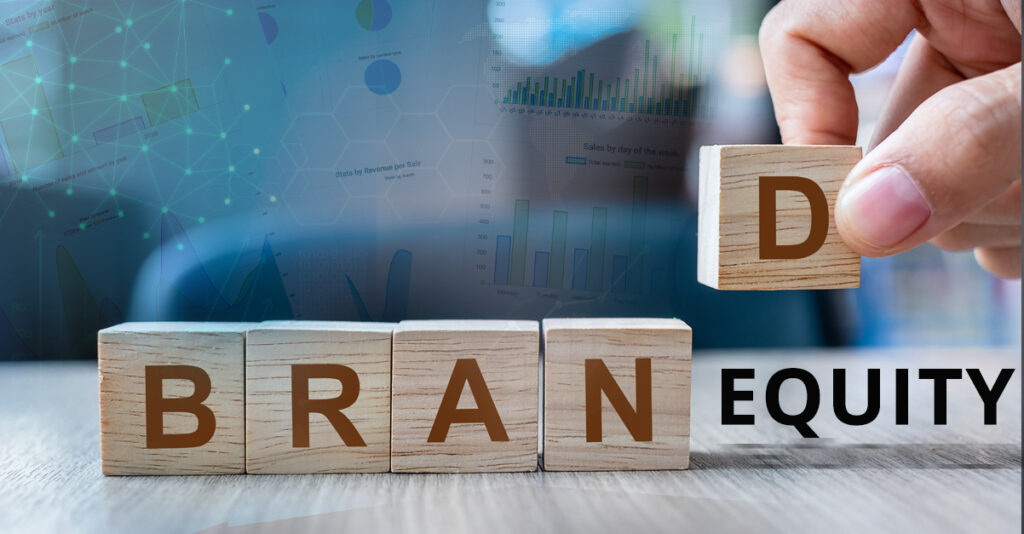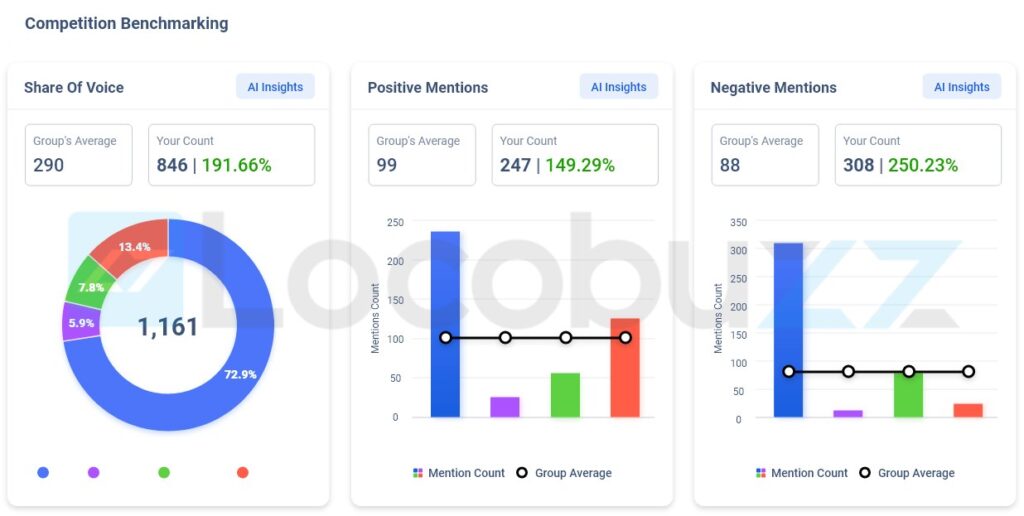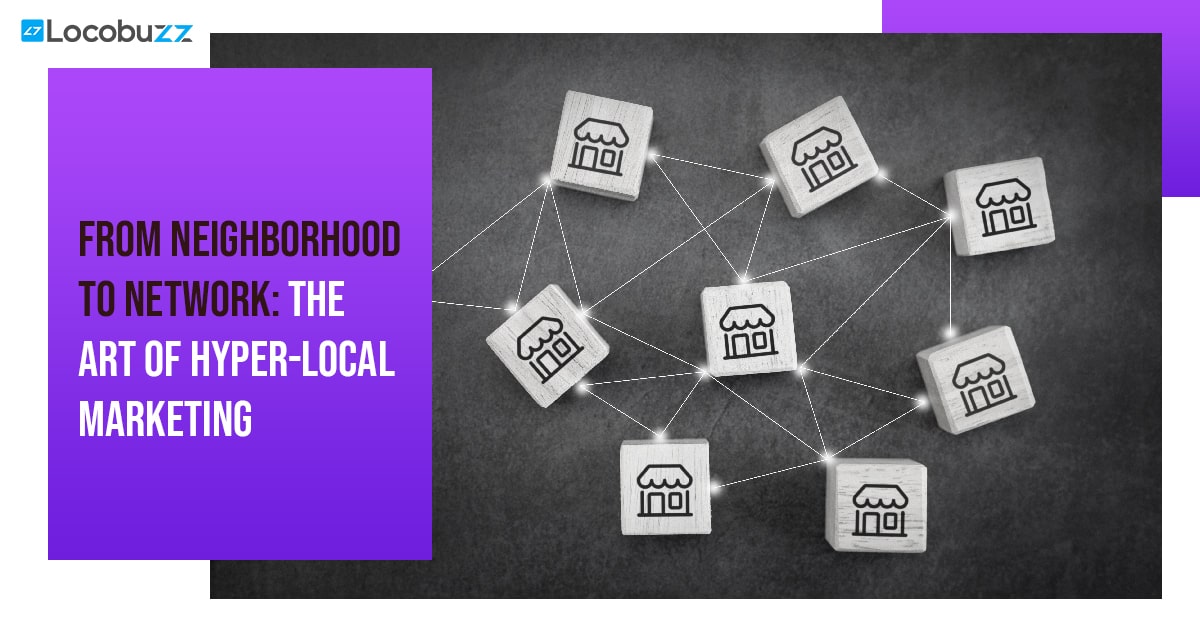What is brand equity and how to measure it ?

Brand equity refers to the value that a brand name adds to its company. This value premium can be obtained over time by customers’ perception, loyalty awareness, and experience with the brand’s product and services.
Business owners of any popular brand make more money from brand recognition and goodwill than any other unfamiliar brand. It is significant for every company to establish positive brand equity to understand and maintain the brand value by leveraging the potential of branding.
It creates more revenue than those companies whose brands are lesser-known and spend more on production and advertising. Brand equity generates benefits on ROI in marketing, brand loyalty, increased sales percentage, higher margins for profits and enables organizations to engage with their customers effectively.
Table of Contents
Increase brand equity with Locobuzz ORM Tool
Why do we need to measure brand equity?

Consumers tend to buy products that have a popular brand name attached to them. It’s the common mindset that a branded product is reliable, durable, and represents status in society. Thus, every company aims to provide products and services that are memorable, noticeable, and of course, exceptional in quality only to establish great brand equity.
Here are some basic reasons to measure brand equity-
- It determines the level of effort required by a brand to thrive in its market share and become a powerful brand with higher value.
- It leads to building a brand perception among the customers by providing a fair understanding of your brand’s performance and other indicators such as brand reliability, satisfaction, quality, loyalty, etc.
- Companies can understand their target customers and personalize their branding efforts as it helps in tracking customer’s demographics, interests, buying habits, gender, age group, etc.
- It gives a detailed and precise picture of the brand value, thus, can be used for reflecting it on reporting purposes such as accounts, tax, securitization, legalities, licensing, etc
How to measure brand equity?

With mass marketing campaigns, companies try to develop trust among their customers and provide them with an experience that gives them a reason to willingly pay the higher price for the brand instead of buying from an unpopular brand.
The customer’s experience and perception of the brand is the most important aspect of brand equity, that’s why many companies collaborate with technology firms to integrate social listening tools, chatbots, and data analysis tools to provide customers with a memorable experience and maintain the brand value.
However, to accomplish this companies need to measure their brand equity and understand how their brand has achieved this value. Here are some of the primary methods to measure brand equity
Brand awareness
A brand’s awareness and its experience among consumers is a vital part of brand equity. It determines how frequently your brand name is mentioned in daily conversations with consumers and what’s the company’s online brand reputation.
Locobuzz is one of the platforms that make this work easier for brands by using social listening tools for studying consumer behaviour and analyzing their competitors on omnichannel platforms. It also evaluates social media campaign insights and the performance of your brand’s products and services online.
These real-time insights can be used to plan and improve a brand’s social media engagement and presence. Also, there are several other methodologies to estimate brand awareness according to your target audiences: surveys, the impact of the traffic drawn on your website by your campaigns, branded search terms, social media mentions, and industry publication mentions, Social media engagement, video metrics, etc.
Financial data metrics
The financial outcome and sales performance determine the brand equity of a product or service. To evaluate brand performance like the market share, profit revenue, growth ratio, customer retention rate, building new customers base, investment of branding, etc, historical data is essential.
Solid financial metrics data can help in demonstrating the significance of your brand to the company and secure better marketing accounts to continue thriving.
Preference metrics
One of the most powerful factors of customer’s buying decisions is their preference. Which determines whether or not the customer is willing to spend an additional price to buy their desired product or services. As it is the customer who builds the brand, not the company.
Thus, it is important to track and measure your customer’s purchasing behavior and sentiment towards your brand by measuring the brand relevance, customer sentiments with the brand, accessibility, brand value, and perception through focus groups, surveys, and social media monitoring. This also measures the strength metrics of the brand. Stronger the aforementioned aspects, the more chances of delivering higher brand equity.
Competitive metrics
In a competitive marketplace, your competitors’ strengths and weaknesses have a direct impact on your brand’s equity. For example, if your competitor is operating well, you’ll find conflicts in your acquisition rate against their rates. Your position in the market will fluctuate along with generated revenue through certain channels.
By measuring your competitors, you can figure out the aspects in which your competition is not delivering value to their customers and are compromising on the quality, omnichannel solutions, customer experiences, online services, pricing, etc. Added, it can also help in understanding what strategies and marketing campaigns worked in the favor of their customer base.

Snippet from Locobuzz Competition Benchmarking Dashboard
Output metrics
Every brand expects results when it is investing time and money into brand equity-building. Output metrics refer to measuring all types of marketing material such as emails, media content, newsletters, etc, that get circulated among the consumers and how frequently.
It can be assessed through the influence of your brand’s sales deals and offers in local markets. It determines whether or not your efforts and investment had an impact or went in vain through ROI operational data. If the marketing assets are not operated by the local business owners then it can’t impact sales.
These marketing materials can lead to customers’ responses like joining a loyalty program or signing up for more details. There are several ways your assets for local business owners can be translated into an output such as Local store campaigns, comparing the cost of pricing valuation, deals and offers on products, customer adoption through loyalty programs, Analysis of variance testing , etc.
Conclusion
With mass marketing campaigns, companies try to develop trust among their customers and provide them with an experience that gives them a reason to willingly pay the higher price for the brand instead of buying from an unpopular brand.
To be successful in the long run, measuring your brand’s equity and other aspects such as brand awareness, loyalty, etc. can lead to maintaining the value of your brand.

















